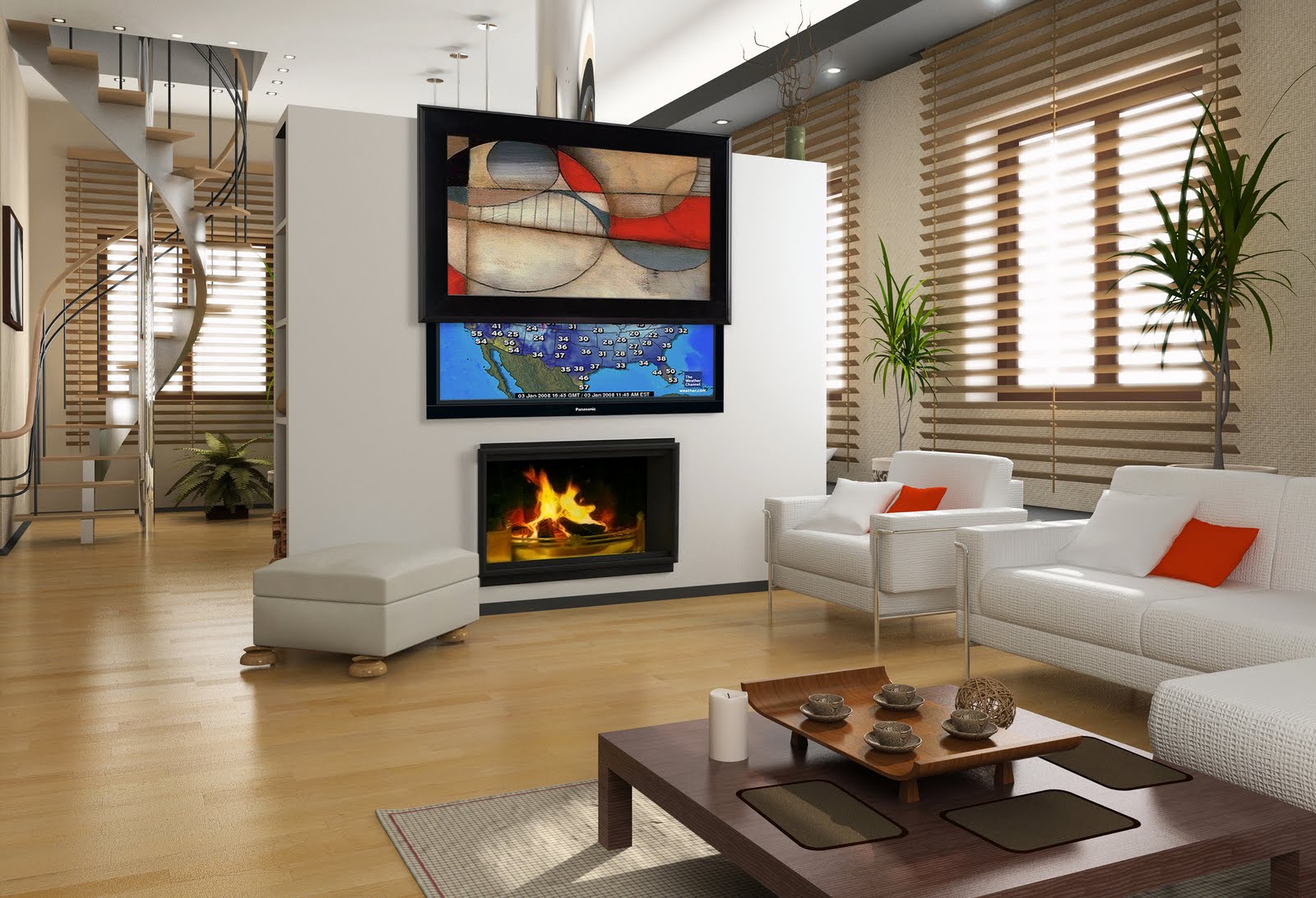Now that we regularly incorporate motion systems into our everyday lives, it makes perfect sense that we would use them to make our houses look neater. TV sets are no longer the bulky and heavy monstrosities that they used to be, and are much easier to hide. This hiding can be done in a variety of ways, depending on your overall design. Use of cabinets, doors, or TV lift mechanisms of various sorts all come to mind.
The process of hiding a TV can be as complicated or simple as you like. It all depends on how you approach your home, and what is in it. If you want to incorporate remote controls into your design, this is also a possibility, but you can do whatever you want.
Linear Actuators
By far the most common way of hiding a TV set is to use linear actuators in some form or another. Linear actuators from Progressive Automation are pieces of equipment which are specifically designed to turn rotational motion into linear motion. This motion can then be used in a variety of ways, including in TV lifts or supports. Linear actuators have greatly increase the amount of automation which can be easily used within a household.
TV Lift
This is the most common way of concealing a TV – a TV lift is automation which allows a TV to be concealed within a table or a cabinet. When the TV is not in use, the lift can be used to lower it into storage, and when it is needed, it can be brought back up the same way.
An added advantage of the TV lift is that it allows for more space to be available during the day. Rather than needing to permanently sacrifice table space for our televisions, we can now use the table for other things. For further convenience, some TV lifts now come with remote controls. Using a remote control can let you get ready for TV watching, without then having to come in and get the TV lift set up every time.
TV lifts also have the advantage of being useful in a variety of ways. Most people use them in tables, but they can be used other ways. People can also use them to lower TVs from the roof, or have them come in from the side of the room (concealed in the wall).
Door
Some houses, particularly older ones, have what are normally called ‘cubby holes’ in them. These cubby holes were where people used to sleep, back in the day. While many people are using these recessed areas as either cupboards or places for tables (depending on how big the recess is), it can also be used for a television.
Using this type of recess to conceal a television is good for a number of reasons. One, it allows you to conceal the television by the simple expedient of closing the door. Two, you don’t need to worry about having space for any recorders or DVD players – most recesses will have enough space for all of them.
What many people particularly like about using a recess, or other area which can be concealed by a door, is that there is also space for other things. We have already covered players and recorders, but DVDs are up there too. Being able to keep everything in the same place is very useful and appealing for many people.
Cabinets
Definitely the easiest way to handle TV concealment is by using a cabinet. Now that TVs are flat screen, using a cabinet is definitely easier, but the addition of DVD players and TV recorders means that a more robust cabinet is required.
Cabinets are an easy way of concealing TVs because it means that you can consult your overall décor. Cabinets are very useful, so won’t raise any eyebrows, and can blend in easily.
Using a cabinet means that you can easily enjoy your TV when you want to, and hide it when you want to. It’s as easy as closing the cabinet doors, and therefore is somewhat quicker than using TV lifts and other forms of automation. Cabinets are also easier to get hold of than automation, and there is no learning curve to using them.
Unusual Storage Methods
Sometimes people come up with ways of concealing their TV sets which can be unorthodox. A bed with TV storage is a great way for concealing the TV, since a bed is normally sturdy enough to handle a TV without fear of anything breaking.
In the same vein, a wardrobe which has room for a TV is unusual, but could be used. In both cases, it allows people to have a TV in their bedrooms, but still maintain a certain ambience at other times.
Additionally, both spaces provide additional storage for anything else. DVD players, recorders, DVDs themselves – they can all fit into these types of storage facilities, and be hidden away as well.

